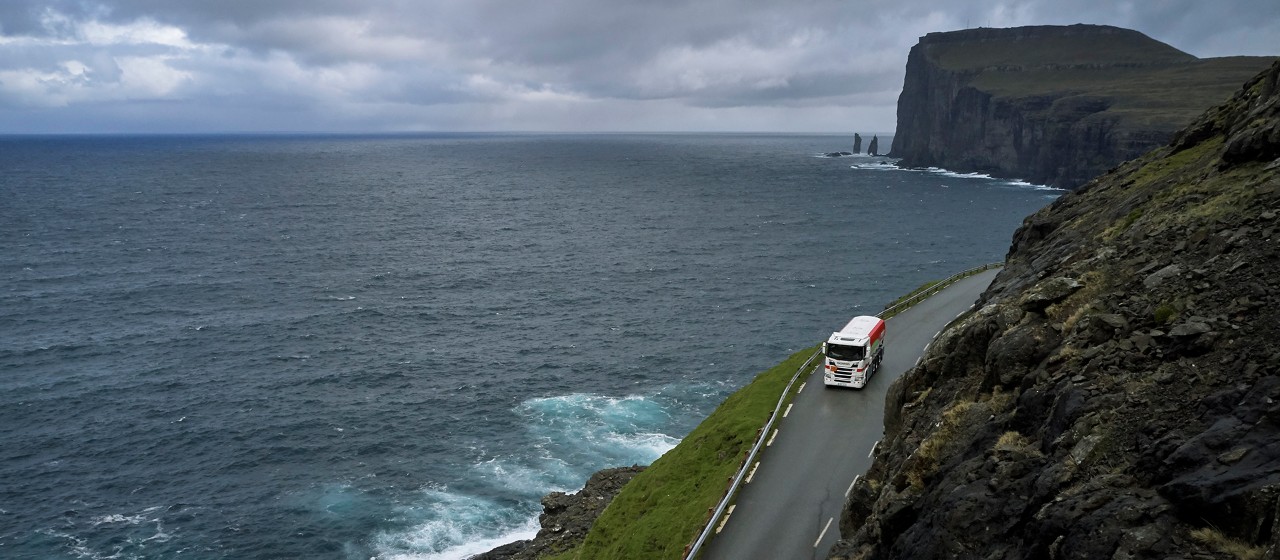
Risk management
Risk Management is a part of how we act in our daily work in customer relations, use of confidential information, and for safety reasons in production, among other things. All decisions we make are somehow connected to risk management.
Scania’s Risk Management is based on legal requirements, owner requirements as well as our own ambitions.
The purpose of risk management
The purpose of Risk Management is to protect the opportunity to drive the shift towards a sustainable transport system, to execute Scania’s strategies and to achieve Scania’s objectives. Scania’s strategy is considered to be the most important aspect of Risk Management.
Risk Management enables Scania to maintain focus on our core business, our customers and identify opportunities while spending less time and effort on remediating unwanted situations.
Risk Management system span over all business areas as well a broad range of categories. Risk management serves as a core process for satisfying a variety of internal and external reporting obligations as well as fulfilling legal requirements. This also includes Code of Conduct, Group polices, external commitments (e.g UN Global Compact, Science Based Targets, ISO).
How we drive risk management within Scania
The Board of Directors is ultimately responsible to ensure that the risks identified by Scania are handled, although the related tasks have been delegated to the Executive Board. However, as the business operations are exposed to risks, they are responsible for identifying and assessing key risks, assuming ownership and managing risks.
The top risks are presented to the Executive Board and discussed by the Audit Committee quarterly, via the central support function Group Risk Management.
The risk process
The well-established risk process ensures that Scania has a transparent, systematic and hands on approach to risk management. The aim of the risk process is for each entity within Scania to gain a greater understanding of their crucial risks, and how such risks are managed. The purpose is also to establish a shared view of important short-term and long-term risks throughout the Scania Group.